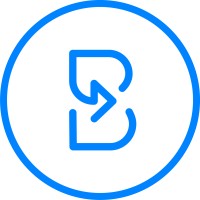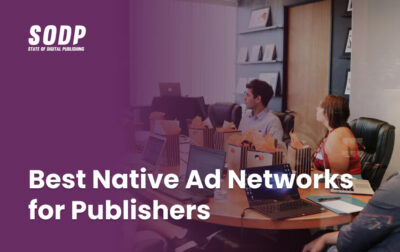The late 2010’s saw the emergence of the notorious internet arms race between digital publishers and ad blockers. As more and more users turned to ad blockers, publishers turned to adblock recovery software to recover lost ad revenue.
One of the greatest challenges publishers face in the digital publishing industry is monetizing content for adblock users. These users make up a sizable portion of digital audiences, with almost a third of the world’s internet users aged 16-64 estimated to be using an ad blocker in 2023.
A strategy publishers can implement is integrating adblock detection software into their website, though this is a complex undertaking. And even then, the best adblock recovery software has its pros and cons.
Given the importance of ad revenue for many publishers, we’ve compiled a list of the seven best adblock recovery software for publishers, shining a light on some of their benefits and drawbacks.
How to Choose the Best Adblock Recovery Software Tools
Publishers browsing adblock recovery software have a variety of factors they should weigh up before making a final selection. Let’s look at these now.
How Well Does It Intercept Ad Blockers
There are many ad blockers currently on the market, many of which come with a wide spectrum of capabilities. As such, some adblock recovery solutions will work better against some ad blockers than others.
While these solutions need to be able to detect industry leaders such as Adblock Plus, they also need to offer a wide catalog of software interceptions as users migrate to other programs in pursuit of uninterrupted browsing experiences.
Types of Adblock Recovery Strategy It Enables
While all types of adblock recovery software are built to detect the use of ad blockers, they can differ in their approach to audience conversion. Particular strategies will work better for different publishers, so it’s important to choose a solution that synergizes well with their desired approach.
Adblock recovery software comes with three different types of strategies:
- Restricting access to content
- Opt-in permission for ads without restricting access
- Ad white-listing
How It Charges Publishers
While adblock recovery platforms typically charge an annual subscription, this is not always the case. Some have alternative pricing models, such as taking a cut of publisher’s recovered ad revenue. Depending on the size of a publisher, this model will be cheaper or more expensive than a regular service charge.
Another pricing model recovery software can adopt is to charge on a site-to-site basis, charging more if a site is larger or generates more traffic.
How Does Ad Blocking Work?
Ad blocking technology works by checking the domain name of media that loads on a site, and then preventing ad creatives from loading. While there are many different technologies available for ad blocking, including specific external programs, mobile devices and VPNs, the most common form of ad blocking comes from browser extensions.
Browser extensions for Chrome, the most popular browser by a wide margin, can be found on the Chrome Web Store and can be installed with very little effort. Some browsers, including Maxthon and Brave, come equipped with adblock software.
In fact, Chrome’s Better Ad Standards technology also serves as an ad blocker by only allowing certain ads to be displayed.
How Effective Is Adblock Detection Technology?
There are two common questions about adblock detection software’s effectiveness:
- How effective is it at detecting adblock?
- How effective is it at recovering publisher revenue?
For the first question, the results are a mixed bag. We conducted a stress test to see just how well these solutions perform against some of the most popular adblock software. However, the ease with which users can find ways around this — such as software hopping — remains a problem.
For example, in the course of our research we rather easily found some free ad blocking options that adblock recovery software couldn’t detect. They even worked on enterprise platforms such as YouTube and some of Viacom’s streaming services.
The case for the latter question is also complex, though there is an argument to be made for the effectiveness of adblock recovery software in convincing users to turn off their ad blockers.
A report released by recovery specialist Blockthrough in 2022 suggests that 22% of adblock users complied with targeted messages (PDF download) and deactivated their ad blockers. Though 66% denied the request — and 16% left the site entirely — a 22% recovery rate is a fairly significant amount of lost ad revenue to reclaim.
 Edited by Andrew Kemp
Edited by Andrew Kemp 






















